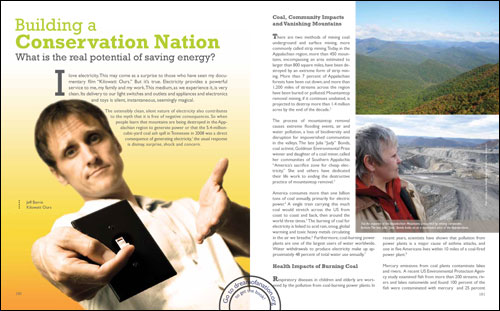Tapping the Power of Conservation
From mountaintop removal to climate change, burning coal and fossil fuels for energy, just isn’t a path for a bright future. Fortunately America has a little-tapped energy source that is rarely talked about – conservation. For example, before the city of Austin, Texas agreed to build a new 500 megawatt coal-fired power plant, they first turned to efficiency. At a fraction of the cost of building a power plant, refrigerators, insulation, and windows were replaced and also a new roof, if you are wondering what is a built up type of roof check here. The city’s “conservation power plant” ended up cutting 700 megawatts of power usage, and residents benefit by saving money on utilities every month.
A Plan to Re-Energize America
Kilowatt Ours is a documentary by Jeff Barrie that has become a national movement to promote energy conservation, efficiency and renewable energy. Kilowatt Ours also now runs a non-profit organization advocating for conservation power plants in every community in America. Learn more.
Read the Kilowatt Ours essay: "Building a Conservation Nation"

Endnotes & References